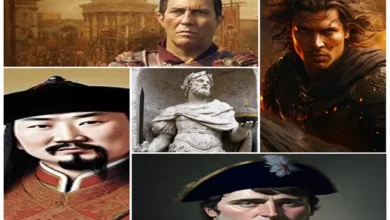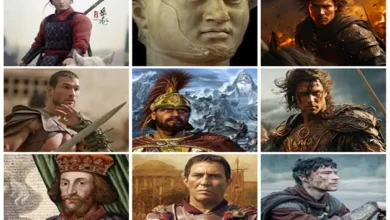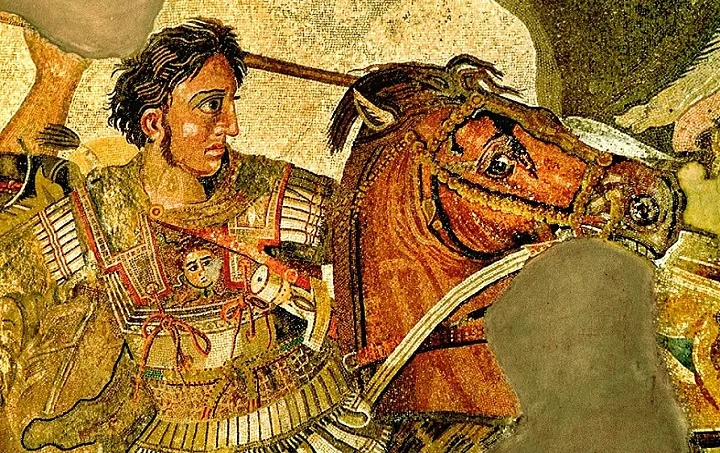What you might not have known about Alexander the Great
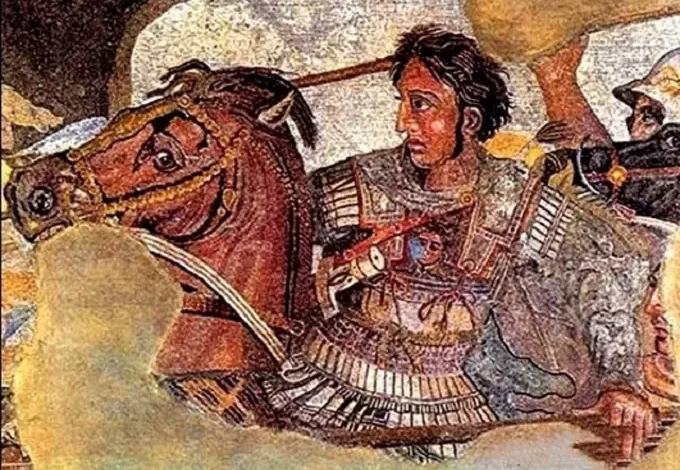
Alexander the Great (Alexander III the Great, in Muslims Iskander Zulkarnain) was a Macedonian king from 336 BC of the Argead dynasty, a warlord, and creator of a world power that collapsed after his death.
The commander, who changed the world and built one of the greatest empires, lived only 32 years…
The exact date of birth of Alexander the Great is unknown. He was born in 356 B.C., and as a possible date of birth, they call the period from July 21 to 23, as well as from October 6 to 10.
According to legend, he was born on the night that Herostratus set fire to the temple of Artemis of Ephesus.
One of Alexander the Great’s teachers was the philosopher Aristotle. Thanks to studies with Aristotle, the future conqueror became interested in medicine, philosophy, and literature for life.
The basis for the conquests of Alexander the Great was laid by his father, Philip II of Macedon, who created a powerful army and united the Greek city-states in the Corinthian Union.
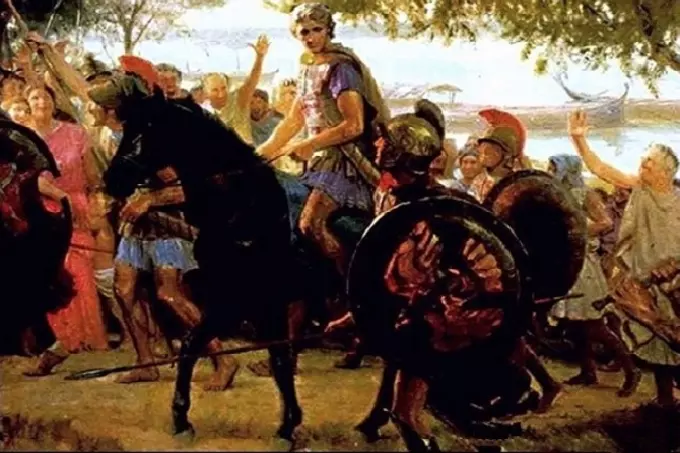
At the age of 10, Alexander of Macedon managed to tame the stallion named Bucephalus, who had never before submitted to anyone, including his father, Philip II of Macedon. Bucephalus became Alexander’s favorite and accompanied him on all campaigns, but he did not participate in battles because the conqueror took care of his best horse.
During one of the military campaigns, the army of Alexander the Great approached the city of Lampsacus, where the historian Anaximenes, who had once been the teacher of rhetoric at the conqueror, lived. In order to save the city, Anaximenes went to Macedon.
The latter, seeing his teacher, declared that he would do nothing of what Anaximenes asked. Then the historian asked that the city be captured and sacked. Alexander, keeping his word, was forced to retreat from Lampsacus, and the city was saved.
At the age of 16, Alexander the Great was substituting his father, who was on a military campaign, and in this capacity, he suppressed a revolt of the Thracian tribe of the Medes, creating the place of the Thracian settlement, the city of Alexandropol.
When Alexander became king of Macedonia in 336 BC, he killed all other claimants to the throne except his brother Arridaeus, who suffered from dementia. The brother outlived Alexander and, in 323 B.C., became the new Macedonian king under the name of Philip III Arrideus.
After capturing the city of Thebes in 335 BC, whose inhabitants revolted against the power of Alexander the Great, the conqueror turned its entire population into slaves. By selling the newfound slaves, Alexander covered the debts of the royal treasury left by his father.
The headquarters of Alexander the Great’s army of many thousands of soldiers also included scientists and historians because the king also set the task of scientific exploration of new lands during his campaigns.
After capturing Egypt in 322 B.C., Alexander the Great founded the city of Alexandria, which became one of the main cultural centers of the Ancient World and the largest city in Egypt.

During the battle of Gaugamela on October 1, 331, which was the decisive battle in the war against Persia, Alexander the Great, having 40 thousand soldiers on foot and 7 thousand on horseback, defeated the army of the Persian king Darius, which exceeded the Macedonian army in quantity by several times. In this battle, the army of Alexander the Great lost about 1,000 people against 30,000 killed by the Persians.
In order to strengthen his power in the conquered lands, Alexander the Great moved Greeks and Macedonians into them, founding new cities in them. At the same time, the political and military elite of the conquered states were given positions and high positions in Alexander’s empire. Greek language and culture were widely spread in the vast territories. This phenomenon was called “Hellenism”.
A Roman copy of a bust by the Greek sculptor Lysippus, preserved in the Louvre Museum, is considered the only surviving image of Alexander the Great made from life.
Alexander the Great had two sons – illegitimate Heracles by his mistress Barsina and Alexander by Princess Roxana of Bactria, born one month after his father’s death. In 309 B.C., 18-year-old Heracles and 14-year-old Alexander were killed in a power struggle, bringing an end to the Macedonian royal dynasty that had ruled for more than 400 years.
The collapse of the huge empire of Alexander the Great, which began immediately after his death in 323 B.C., was accompanied by a series of so-called “wars of diadochi” (warlords), which lasted for twenty years. Finally, the confrontation of the former companions of Macedonian ended only with the death of the last of them in 281 B.C.


